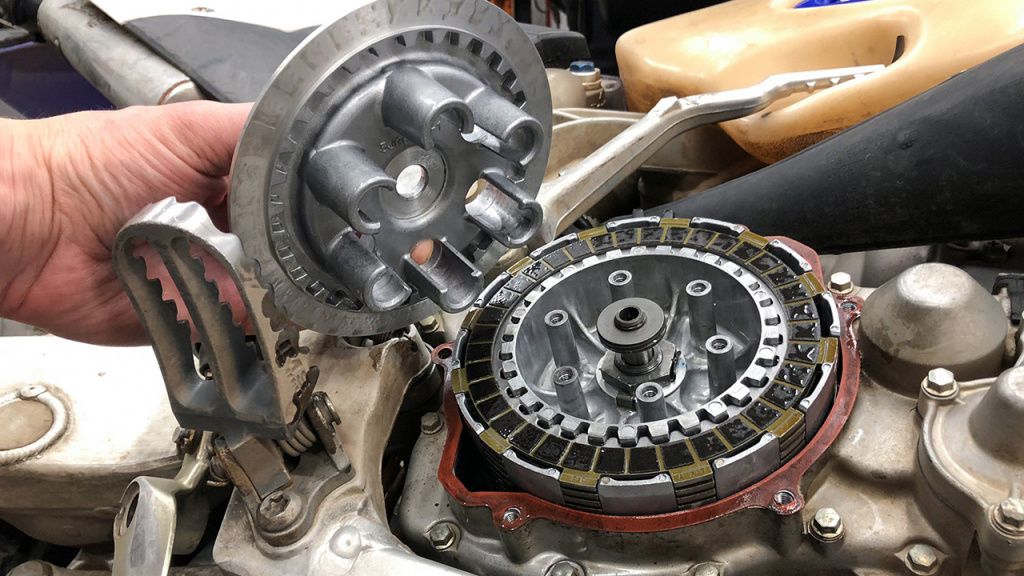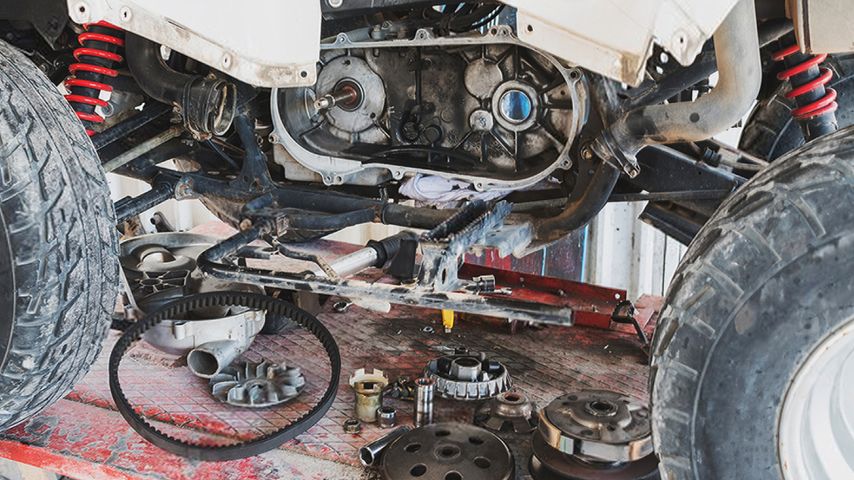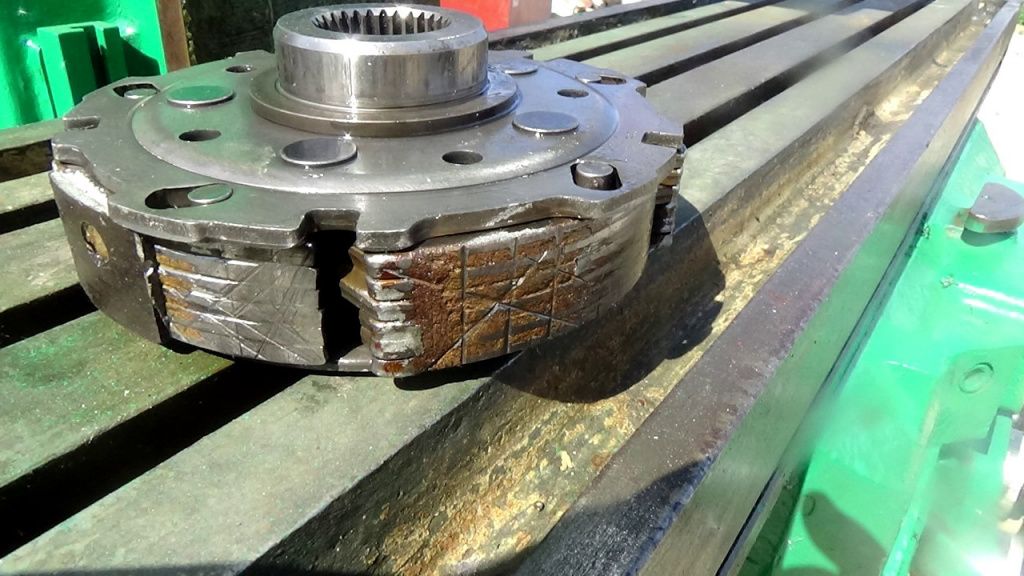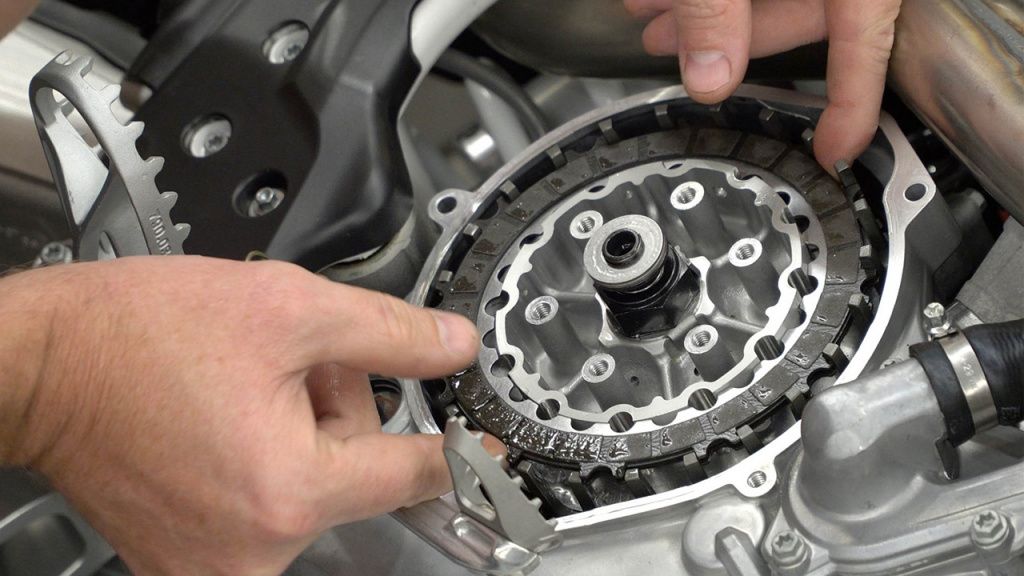How to Fix an ATV Clutch
The clutch system is the most essential link between your hands and your vehicle’s wheels. Most riders don't think about their clutch while it's functioning correctly. When there's an issue with the system, though, the clutch's significance becomes abundantly clear.
There are a few symptoms that point to obvious problems with your ride’s clutch system. In this article, we’ll help you diagnose and fix the most common clutch system issues.
1 - Slipping clutch

If you wind back the throttle and your ATV’s wheels don’t respond in lockstep, a slipping clutch can be the culprit. If the clutch lever feels imprecise or certain gears just don’t respond like they should when you accelerate hard, your internal clutch components should be examined.
Before you panic, though, check the chain and the sprockets. If the chain is worn or has problem teeth, replace that first.
Next, check the clutch cable. When the clutch cable gets frayed or it’s not adjusted properly, it can cause the same type of gear slippage. Tighten and lubricate the clutch cable, and take your ATV for another test ride.
If you’re still experiencing problems, the clutch plates might be worn. They’ll slip against each other instead of grabbing, so the energy from the engine isn’t transferred to the transmission as required. Even if you’re a careful clutch user, wear-and-tear of the clutch plates is inevitable.
Another potential set of culprits are the clutch springs. When they lose their tension, they don’t effectively pull the pressure plate against the clutch pack. Again, springs inevitably require replacement over time.
Inspecting your clutch

Modern ATVs typically make it super simple to access the clutch. It’s just a matter of popping off the clutch cover and inspecting the components.
Your owner’s manual will specify the recommended spec range for the thickness of the drive plates and fiber plates in your clutch. The clutch springs will also have a specifically recommended clutch spring free length. Using a micrometer or vernier caliper to compare, you can quickly diagnose which of the parts of the clutch are causing the issue, if any.
It’s typical to replace the drive and fiber plates at the same time, and even the springs, too. Aftermarket replacements are available in complete kits built to OEM specifications, so you might as well replace them all at once if required.
2 – Lumpy or dragging clutch

Damage to the clutch basket presents itself with a strange feeling when you engage and disengage the clutch. It can feel like it's dragging, jerking, or “lumpy”. Your clutch has lost those smooth transitions it always had.
Inspect your clutch again, and check for notching on the clutch basket. If you find notches, it’s time for a new basket. Aftermarket clutch baskets are usually made of sterner stuff than stock baskets, which are often made use a lightweight but malleable diecast aluminum material.
3 – Burning smell or ATV creeping forward

When your ATV’s in gear and the clutch is depressed yet the vehicle slowly creeps forward, or if you notice a pungent burning smell, the clutch friction plates are a strong contender for the source of the problem. If you remove the clutch cover and the smell is even more apparent, you’ve got yourself a bingo.
Examine your clutch components to confirm whether it is indeed a friction plate problem. Heat marks and a black color will be apparent. But it’s not just the friction plates—clutch springs and drive plates can also become affected by excessive heat.
If you catch the issue early, it may just be a problem of not keeping your oil fresh. Many ATVs share oil between the transmission, clutch, and valve train, so you need to regularly replace the oil as older oil can’t keep your components from overheating. Replace the oil and re-test.
If the plates are done for, the only other option is to replace them. As advised, most kits will include both the drive plates and fibers, and we typically recommend replacing the clutch springs at the same time, too.
As always, every ATV is different, but these are the top three issues you’ll ever experience with an ATV clutch and how to diagnose and repair them.






